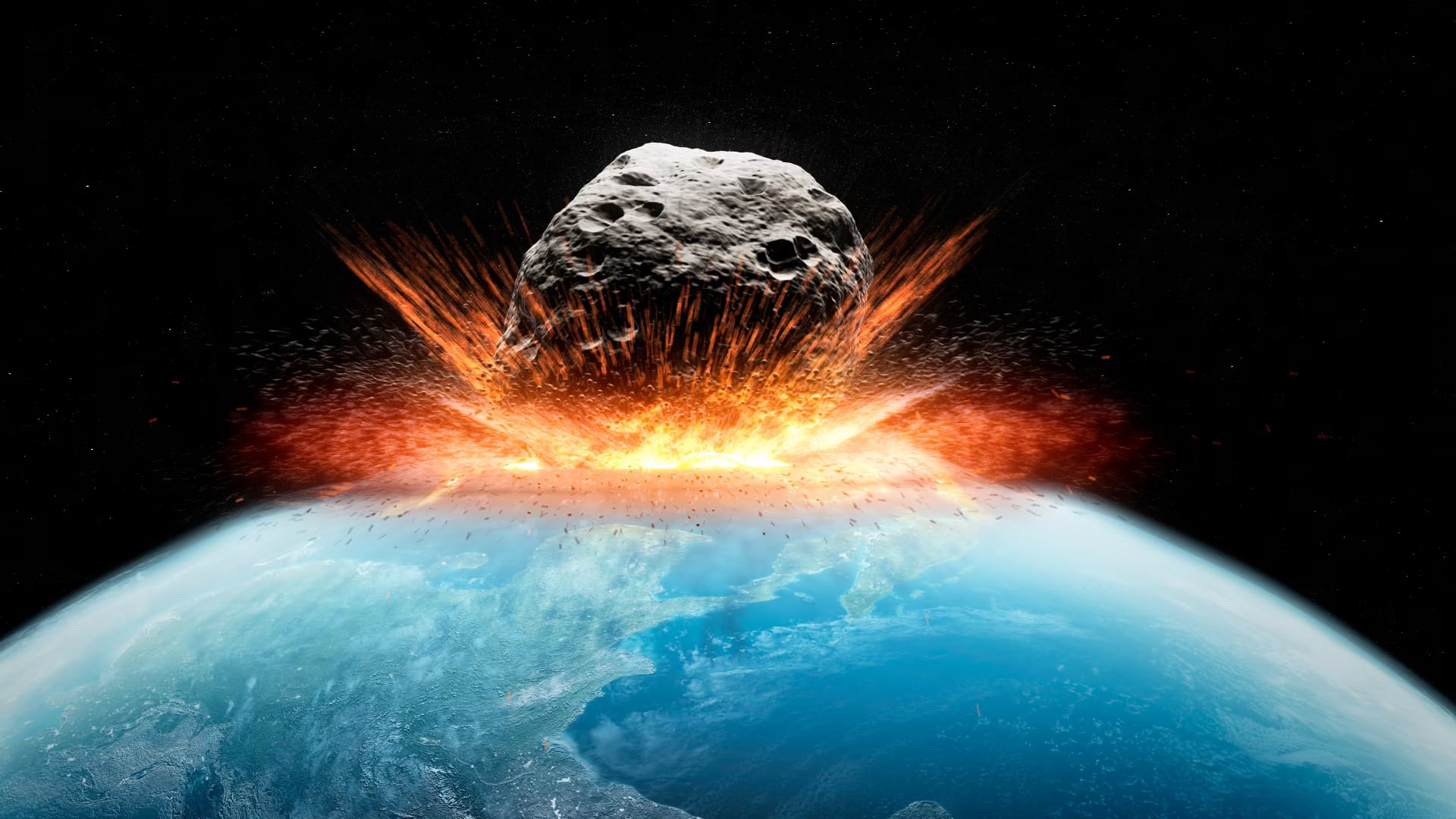Every day, our planet is showered with hundreds of tons of cosmic dust and small objects. While most of this material harmlessly burns up in Earth’s thick atmosphere, the history of our planet is punctuated by significant impacts that have drastically altered life, most notably the event that led to the extinction of the non-avian dinosaurs. This ongoing celestial bombardment underscores the critical importance of planetary defense – a concerted global effort to monitor, track, and ultimately protect Earth from potentially hazardous asteroids, comets, and other space-based threats.
The Evolving Threat Landscape
Planetary defense focuses on identifying “Potentially Hazardous Objects” (PHOs), which are near-Earth objects (NEOs) whose orbits bring them within approximately 30 million miles (48 million km) of Earth and are large enough to cause significant damage, generally considered to be around 460 feet (140 meters) across or larger. While objects of this size are rare, even smaller asteroids, like the 56-foot-wide (17 m) meteor that exploded over Chelyabinsk, Russia, in 2013, can cause localized damage and widespread injuries. The 1908 Tunguska event, caused by an estimated 130-foot (40 m) object, flattened vast swathes of forest, demonstrating the destructive power of airbursts.
According to Davide Farnocchia, a navigation engineer at NASA’s Jet Propulsion Laboratory (JPL) and scientist for the Center for Near-Earth Object Studies (CNEOS), no known NEO is large enough to “destroy” Earth. However, asteroids 1 kilometer (0.62 miles) in size or larger have the potential to cause a global catastrophe. Fortunately, NASA met its 1998 mandate to discover over 90% of such large objects and has concluded that none of them pose an impact threat within the next century. Comets, while much rarer, also represent a small percentage of the total impact risk.
Current Planetary Defense Systems: Detection and Early Warning
The cornerstone of Earth’s current planetary defense system is its robust focus on identification and early warning. Telescopes around the world continuously scan the sky, feeding data into catalogs like those maintained by NASA’s CNEOS and the International Astronomical Union’s Minor Planet Center. This meticulous tracking allows scientists to precisely map the trajectories of NEOs, providing crucial advance notice if an object is on a potential collision course.
Key organizations involved in this global vigilance include:
- NASA’s Planetary Defense Coordination Office (PDCO): Established in 2016, the PDCO manages a network of partnerships and projects in the U.S., collaborating with ground-based sky surveys like the Catalina Sky Survey, Pan-STARRS, Lincoln Near-Earth Asteroid Research, and Spacewatch.
- Space-based Telescopes: NEOWISE, initially launched in 2009, has proven highly successful in identifying NEOs. A new telescope, NEO Surveyor, is slated to launch in 2028, aiming to significantly increase the discovery rate of smaller, yet still hazardous, objects.
- International Collaborations: The International Asteroid Warning Network (IAWN) and the United Nations Office for Outer Space Affairs facilitate global planning and exercises for planetary defense, ensuring a coordinated international response to potential threats.
While considerable progress has been made in identifying larger NEOs, NASA estimated in 2021 that fewer than half of the potentially hazardous objects 140 meters or larger had been located and categorized, highlighting the continued need for advanced detection capabilities like NEO Surveyor.
Future Strategies: Active Defense
Beyond detection, researchers are actively developing methods to physically alter the course of PHOs. These hypothetical interventions primarily fall into three categories, all aimed at deflecting a target:
- Kinetic Impactor: This strategy involves slamming a spacecraft into a hazardous object to alter its momentum and subtly change its trajectory, causing it to miss Earth. NASA’s Double Asteroid Redirection Test (DART) mission in 2022 successfully demonstrated this concept, impacting the asteroid Dimorphos and significantly changing its orbit. China has also announced a similar mission planned for 2026.
- Gravity Tractor: A “gravity tractor” would be a spacecraft that uses its own weak gravitational pull to slowly but surely tug a PHO off course over time. While NASA had plans to test this with the Asteroid Redirect Mission, it was canceled in 2017, leaving this method untested in space.
- Nuclear Option: In a last-resort scenario, nuclear explosions could be used to vaporize a portion of an asteroid’s surface, causing the remaining mass to recoil and divert its path. However, experts emphasize that such detonations would occur well above the asteroid’s surface, debunking cinematic portrayals of planting bombs on an asteroid’s exterior.
The DART mission marked a monumental step forward, proving that humanity has the capability to physically redirect an asteroid. The effectiveness of the DART impact was even greater than predicted, largely due to the ejection of millions of pounds of debris, further underscoring the complexities and potential of such interventions.
Planetary defense is a dynamic and evolving field, constantly adapting to new discoveries and technological advancements. While no immediate catastrophic threats are on the horizon, the continued vigilance of scientists and international collaboration remain paramount in safeguarding Earth from the inherent risks of our cosmic neighborhood.
For more on NASA’s planetary defense strategy, you can watch NASA’s Planetary Defense Strategy, House Space Subcommittee, May 15, 2025. This video provides insights from a recent House Subcommittee hearing on NASA’s efforts in planetary defense.
Discover more from Pasindu Lakshan Perera
Subscribe to get the latest posts sent to your email.




